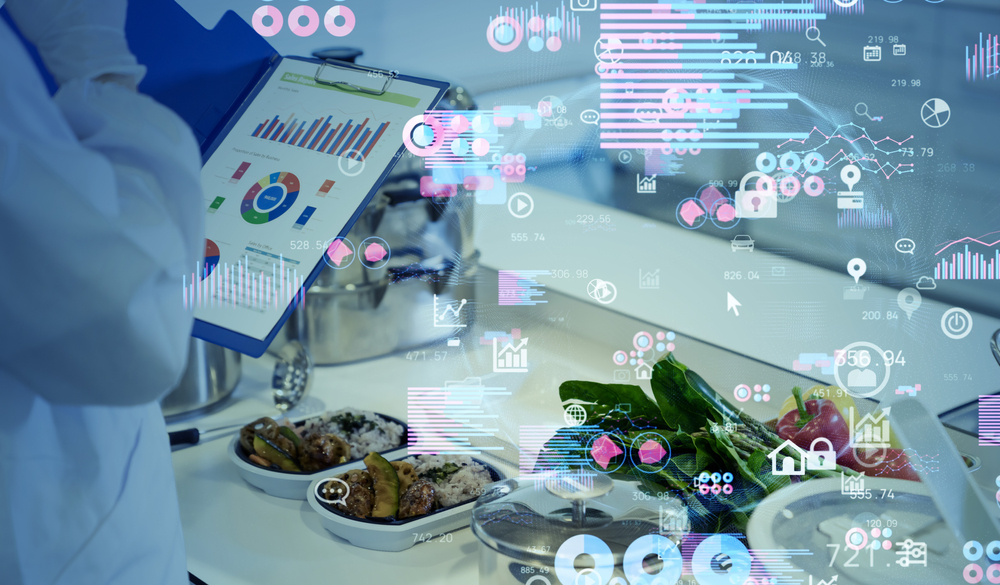Predictive analytics is a relatively new and rapidly evolving discipline that subjects huge amounts of historical data to statistical modeling and machine learning to make predictions about future events.
Banking and finance, retail, energy, and manufacturing are just a few of the industries that are already deriving great benefits from the use of predictive analytics in the detection of fraud, marketing, inventory management, and many other operational areas.
Restaurants, of course, can also make use of predictive analytics to optimize their businesses in all of these ways.
But right now it’s in the field of food safety and health code compliance that the new discipline is proving most useful.
Avoiding Health Code Violations with Predictive analytics
There’s no surer or quicker way to destroy a restaurant business than to be found guilty of a health code violation. And even if the immediate issue can be relatively easily addressed, the reputational damage may still be fatal.
So having advance notice of any potential problems is crucial, and that’s where predictive analytics comes into its own.
At city level, regulators such as the Chicago Department of Public Health are using these new tools to track violations across the city and to predict where the next outbreak of food-borne illness might occur next.
What Restaurants Need to Do in Practice
But at the level of the individual business, there are also important steps that can be taken that will provide significant protection against potential violations.
By providing predictive algorithms with data regarding kitchen cleanliness, staff hygiene, and time and temperature control in food storage areas, it’s possible for your systems to access pooled data from other similar models, and to highlight potential risk factors before they become problematic.
Pre-emptively addressing these factors may be as simple as upgrading handwashing signage for staff. But it may also require more complex solutions such as a revised system for maintaining and correcting temperatures in food storage areas.
But whatever the scale of the problem or solution, predictive analytics can help by making all the operations of a restaurant highly visible and transparent.
Tools such as AI graphics, updating in real-time and accessible through a comprehensive dashboard, make it easy to spot emerging problems and potential violations.
In the age of the COVID pandemic, these dashboards also offer surveillance and analytical tools that can help track the spread of the coronavirus, flu, and other contagious illnesses within the premises and amongst staff.
Predictive Analytics for Business Efficiency
Using predictive analytics for staff scheduling so as to minimize disruption due to absence, and the risk of infected team members passing on the illness to colleagues or customers is an important aid to business efficiency.
But predictive analytics can do much more for business efficiency than that.
The use of Internet of Things (IOT) sensors and monitors in kitchens, food storage and preparation areas, and delivery vehicles can provide tremendous quantities of useful data.
Combine this with the big data made available by the monitoring of supply chains, and you have a powerful tool for improving the productivity of any business.
Machine Learning and the Future
With all the competitive pressures facing restaurants in the post-COVID era, it’s tempting for owners and managers to dismiss predictive analytics as just one more entry thing on an ever-lengthening wish list of things it might be good to do.
But in the long-run big data and its rapid analysis by Artificial Intelligence (AI) and machine learning tools will be a huge time-saver. And it will give a huge competitive advantage to businesses prepared to explore its many applications.

